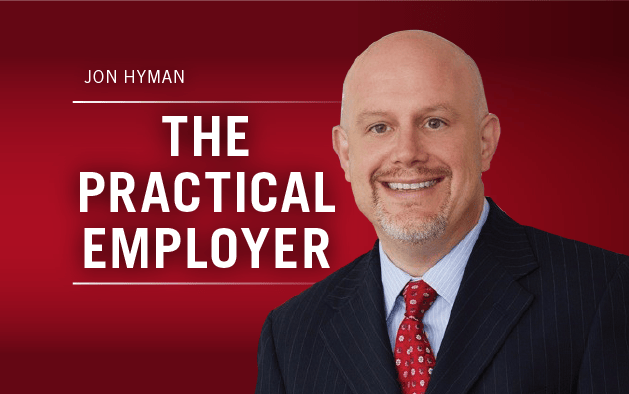“Can I dock part of an employee’s paycheck?”
It’s one of the questions I get most often from clients.
So, let’s take a quick run through the rules of docking employee’s pay for exempt employees.
Generally speaking, it violates the Fair Labor Standards Act to dock (that is, take a deduction from) the salary of an exempt employee. Under the FLSA, an exempt employee earns their entire salary for a work week as soon as that employee works even one minute during that week.
The logic is simple. Once you start deducting from an exempt employee’s salary for minutes or hours not worked, you are not treating that employee as salaried, but as hourly. And, hourly employees are not exempt. Therefore, if you don’t pay an exempt employee their entire salary for every work week in which any work is performed, then you are treating them as hourly and they are not exempt.
There are, however, seven limited exceptions permitting deductions from an exempt employee’s weekly salary:
-
- When the exempt employee is absent from work for one or more full days for personal reasons, other than sickness or disability.
- For absences of one or more full days occasioned by sickness or disability (including work-related accidents) if the deduction is made in accordance with a bona fide plan, policy or practice of providing compensation for loss of salary occasioned by such sickness or disability.
- While an employer cannot make deductions from pay for absences of an exempt employee for jury duty, attendance as a witness, or temporary military leave, an employer can offset any amounts received by an employee as jury fees, witness fees, or military pay for a particular week against the salary due for that particular week.
- For penalties imposed in good faith for infractions of major safety rules.
- For unpaid disciplinary suspensions of one or more full days imposed in good faith for infractions of workplace conduct rules imposed pursuant to a written policy applicable to all employees.
- For any time not actually worked during the first or last week of employment.
- For any time taken as unpaid FMLA leave.
It is critical for employers to understand these rules. A mistaken deduction could prove costly. Generally speaking, if an employer makes an improper deduction from an exempt employee’s salary, the exemption will be lost during the time period during which the improper deduction was made. Critically, the lost exemption does not only apply to the affected employees, but also to all employees in the same job classification working for the same managers responsible for the actual deduction.
Before you consider deductions from an exempt employee’s salary, consult with your employment counsel to make sure you have these rules covered and the deduction is proper.








 WF: Is employee engagement all about the money?
WF: Is employee engagement all about the money?

